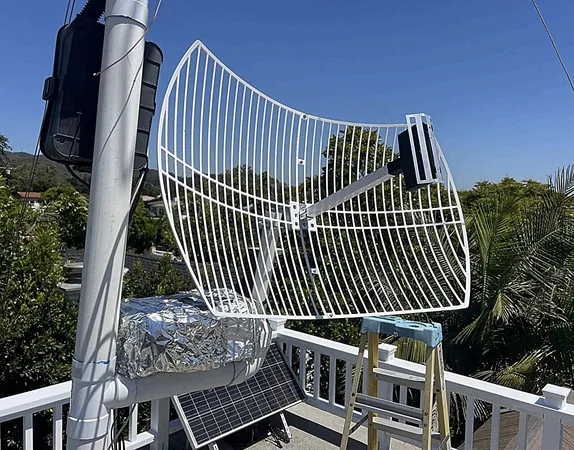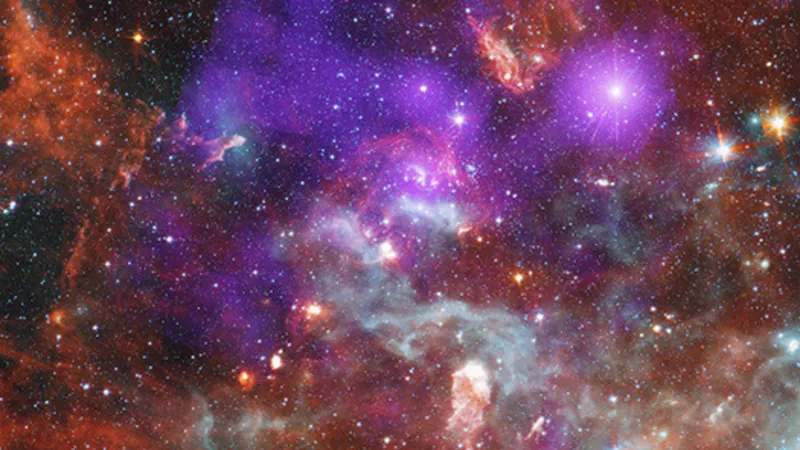
DIY Home Radio Telescope: Unlock the Secrets of Hydrogen Clouds in the Milky Way!
2024-11-08
Author: Amelia
Have you ever dreamed of building your own radio telescope right in your backyard? While most people envision giant dishes aimed skyward, modern technology has made it possible to create a compact version that resembles your neighbor's TV satellite dish. Thanks to recent advancements in electronics, setting up a personal radio telescope has never been easier!
In an intriguing paper by Jack Phelps available on the arXiv preprint server, you’ll discover the step-by-step process to construct a small radio telescope using a 1-meter satellite dish, a Raspberry Pi, and basic electronics like analog-to-digital converters. This DIY project is not just for fun; it allows you to explore the cosmos from the comfort of your home!
One of the most exciting aspects of Phelps's design is its tuning to the specific frequency of 1420.405 MHz, which corresponds to the emission from neutral hydrogen. Why is this important? Hydrogen—the most abundant element in the universe—emits a faint signal known as the 21-cm line, which has a wavelength of approximately 21 centimeters. Despite its subtlety, this signal is detectable due to the sheer volume of hydrogen present throughout the universe.
The emission is generated by a hyperfine transition caused by the spin flip of hydrogen’s electron, resulting in a very sharp spectral line. Any shifts you observe in this line can provide information about the relative motion of hydrogen clouds in our galaxy, which has been crucial for astronomers in mapping the distribution of matter in the Milky Way. In fact, initial observations of the 21-cm line led to breakthroughs in our understanding of dark matter.
But the excitement doesn’t stop there! Beyond hydrogen, there are numerous celestial objects to explore. The sun, for example, presents a strong radio signal and is an enticing target for budding radio astronomers. Jupiter, with its own radio emissions, is another fascinating subject to observe.
Radio astronomy at home is a thrilling hobby that not only deepens your understanding of the universe but also connects you with the vast expanse of space right outside your door. Even if you're not ready to build your radio telescope just yet, the paper by Phelps showcases how accessible and engaging radio astronomy has become—and who knows what secrets of the cosmos you might uncover? Start your journey into the stars today!









 Brasil (PT)
Brasil (PT)
 Canada (EN)
Canada (EN)
 Chile (ES)
Chile (ES)
 España (ES)
España (ES)
 France (FR)
France (FR)
 Hong Kong (EN)
Hong Kong (EN)
 Italia (IT)
Italia (IT)
 日本 (JA)
日本 (JA)
 Magyarország (HU)
Magyarország (HU)
 Norge (NO)
Norge (NO)
 Polska (PL)
Polska (PL)
 Schweiz (DE)
Schweiz (DE)
 Singapore (EN)
Singapore (EN)
 Sverige (SV)
Sverige (SV)
 Suomi (FI)
Suomi (FI)
 Türkiye (TR)
Türkiye (TR)